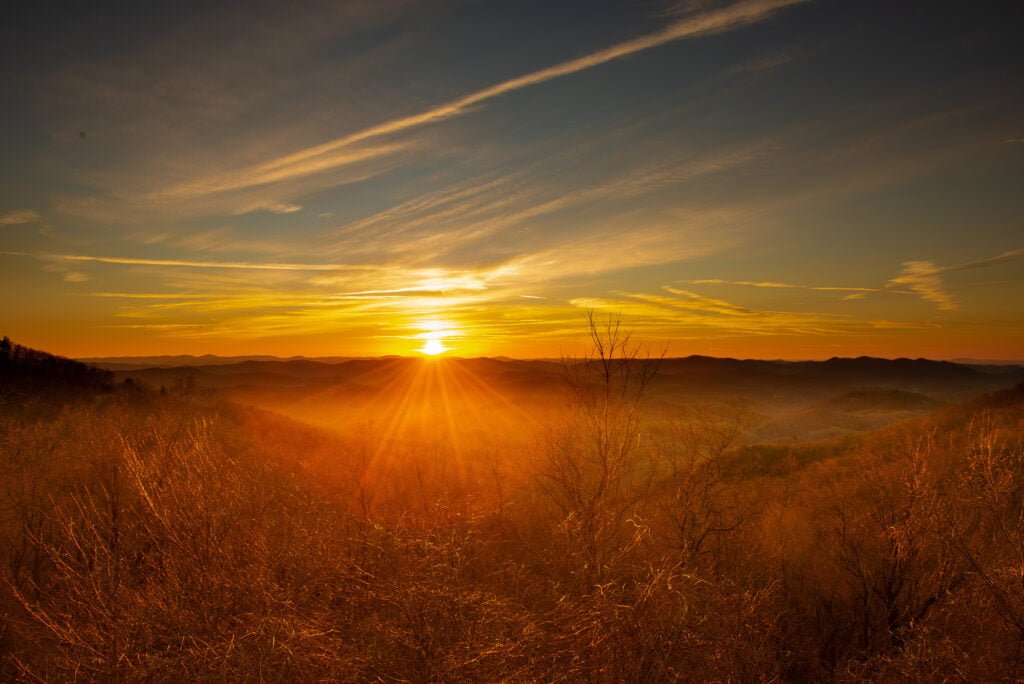
A Beginner’s Guide to Travel Photography
Essential Gear to Get You Started
Travel photography is a wonderful way to capture the essence of your adventures and share your experiences with others. Whether you’re exploring a new city, hiking through mountains, or relaxing on a beach, travel photography allows you to document and remember your journeys in vivid detail. If you’re new to this exciting field, here’s a comprehensive guide to help you get started with travel photography. Book to read: https://www.amazon.com/Travel-Photography-Book-Step-step/dp/168198783X
1. Invest in the Right Gear
Camera: While you don’t need the most expensive equipment, having a good quality camera is essential. DSLRs and mirrorless cameras are popular choices due to their versatility and image quality. If you’re on a budget, a high-quality smartphone camera can also produce stunning results.
Lenses: Start with a versatile zoom lens, such as an 18-55mm or 24-70mm. As you progress, you might want to add a wide-angle lens for landscapes and a prime lens for portraits. A 35mm lens is an excellent prime lens to start with; it’s affordable, sharp, and lightweight.
Accessories: A sturdy tripod is invaluable for low-light and long-exposure shots. Additionally, carry extra batteries, memory cards, and lens cleaning kits. Consider adding some basic lens filters. They act as a protective layer for your camera lens, shielding it from dust, dirt, scratches, and other potential damage. Additionally, a UV filter can enhance image quality by reducing haze and minimizing the blue color cast caused by ultraviolet light in certain conditions.
Shops to buy equipments https://www.bhphotovideo.com/ https://www.adorama.com/
2. Learn the Basics of Photography
Understanding the fundamentals of photography is crucial. Here are some key concepts to master:
Exposure: Learn about the exposure triangle – aperture, shutter speed, and ISO. These settings control how much light hits the camera sensor and affect the overall look of your photos.
Composition: Practice using the rule of thirds, leading lines, and framing to create balanced and engaging images.
Lighting: Natural light is your best friend. Learn to recognize the best times of day for shooting, such as the golden hours just after sunrise and before sunset.
https://www.youtube.com/watch?v=5vu8ZVlSSqs&ab_channel=Simond’Entremont
3. Plan Your Shots
Research: Before you travel, research your destination. Look for popular photo spots, hidden gems, and cultural events that could provide unique photo opportunities.
Create a Shot List: Make a list of the types of shots you want to capture. This can include landscapes, architecture, street scenes, portraits, and food. Having a shot list helps you stay organized and ensures you capture a variety of images.
Scout Locations: Once you arrive at your destination, take some time to scout locations. This helps you find the best angles and anticipate how the light will change throughout the day.
4. Tell a Story
Great travel photography tells a story. Think about the narrative you want to convey through your photos:
Capture Details: Don’t just focus on the big picture. Photograph small details that give context to the location, such as local markets, street signs, and traditional crafts.
Include People: Incorporating locals and fellow travelers in your photos can add a human element and bring your images to life.
Showcase Emotions: Capture candid moments and genuine expressions to convey the atmosphere and mood of the place.
https://www.youtube.com/watch?v=KdsWzPMCv7w&ab_channel=JevenDovey
5. Practice Patience and Persistence
Travel photography often requires patience. Wait for the perfect light, the right moment, or an interesting subject to appear in your frame. Be persistent and take multiple shots to increase your chances of capturing the perfect image.
6. Edit Your Photos
Post-processing is an important part of digital photography. Learn to use editing software like Adobe Lightroom or Photoshop to enhance your images. Adjust exposure, contrast, and color balance to bring out the best in your photos. However, avoid over-editing; aim for a natural look that stays true to the original scene. https://www.youtube.com/watch?v=_vSfm-GCdcc&ab_channel=MarkDenney
7. Share Your Work
Sharing your travel photos can be incredibly rewarding. Create a portfolio or blog to showcase your work. Use social media platforms like Instagram, Facebook, and Pinterest to reach a wider audience. Engaging with online photography communities can provide feedback and inspiration. https://www.instagram.com/shriyansan/ https://100asa.com/photographer/shri
8. Keep Learning and Exploring
Photography is a continuous learning process. Keep experimenting with new techniques, exploring different genres, and challenging yourself. Travel to new destinations and immerse yourself in different cultures to expand your photographic horizons.
Conclusion
Starting with travel photography as a novice can be both exciting and daunting. By investing in the right gear, learning the basics, planning your shots, telling a story, practicing patience, editing your photos, and sharing your work, you’ll be well on your way to capturing stunning travel images. Embrace the journey, and most importantly, have fun documenting the world around you! Happy shooting!







